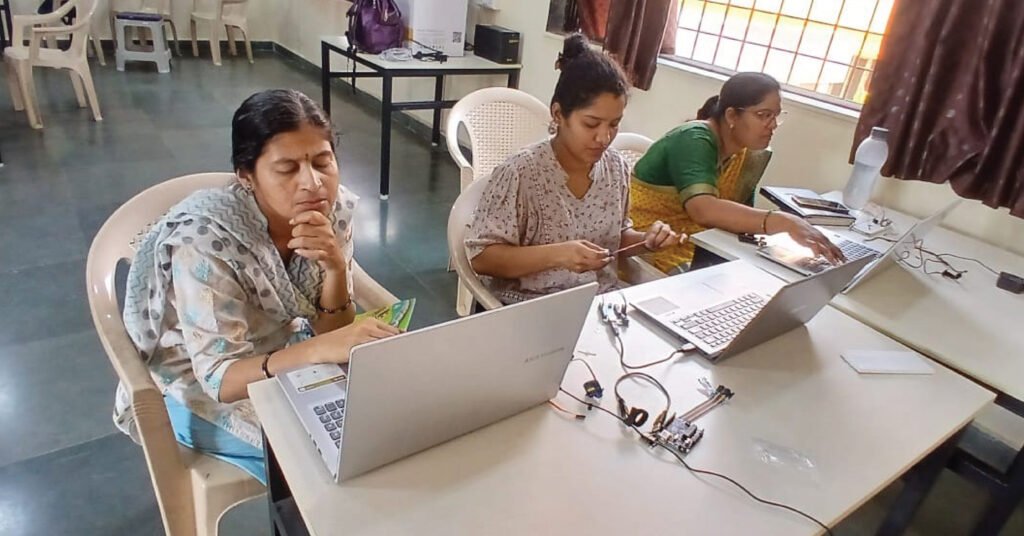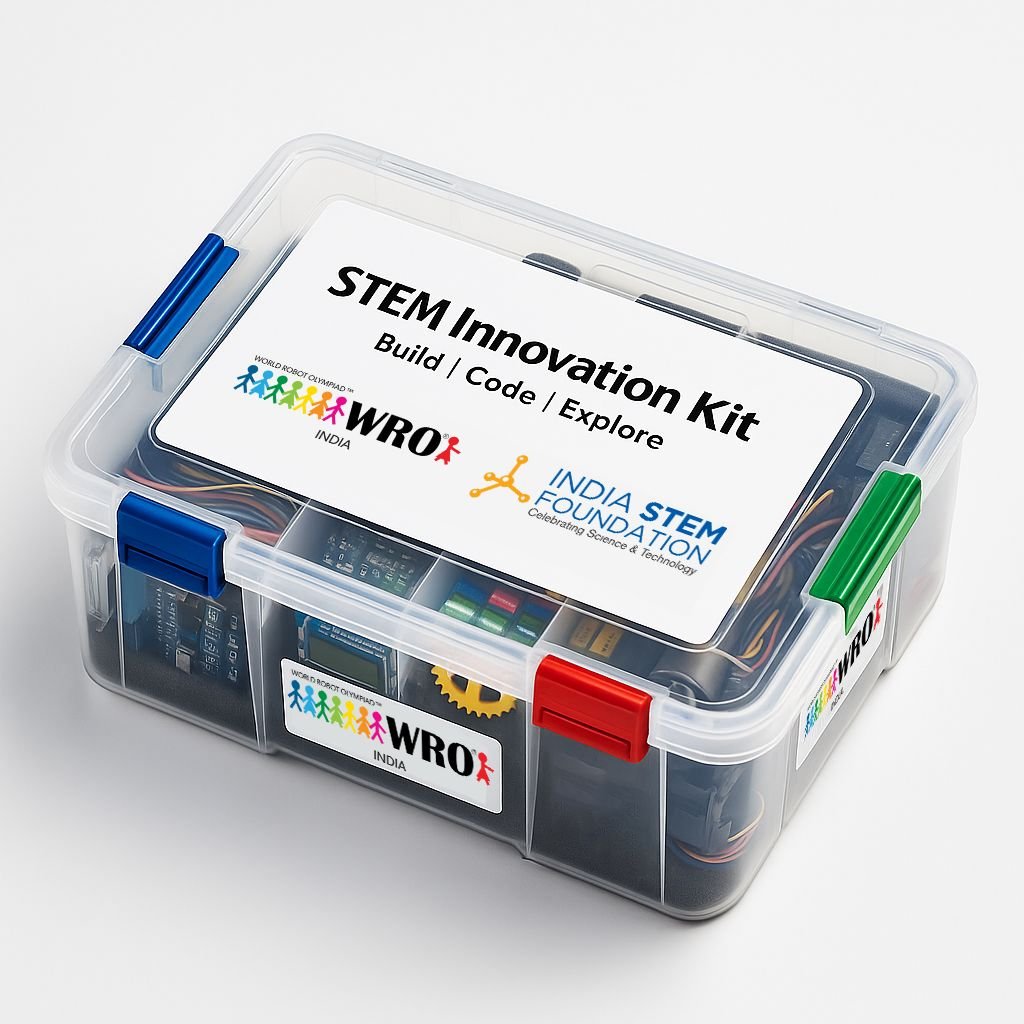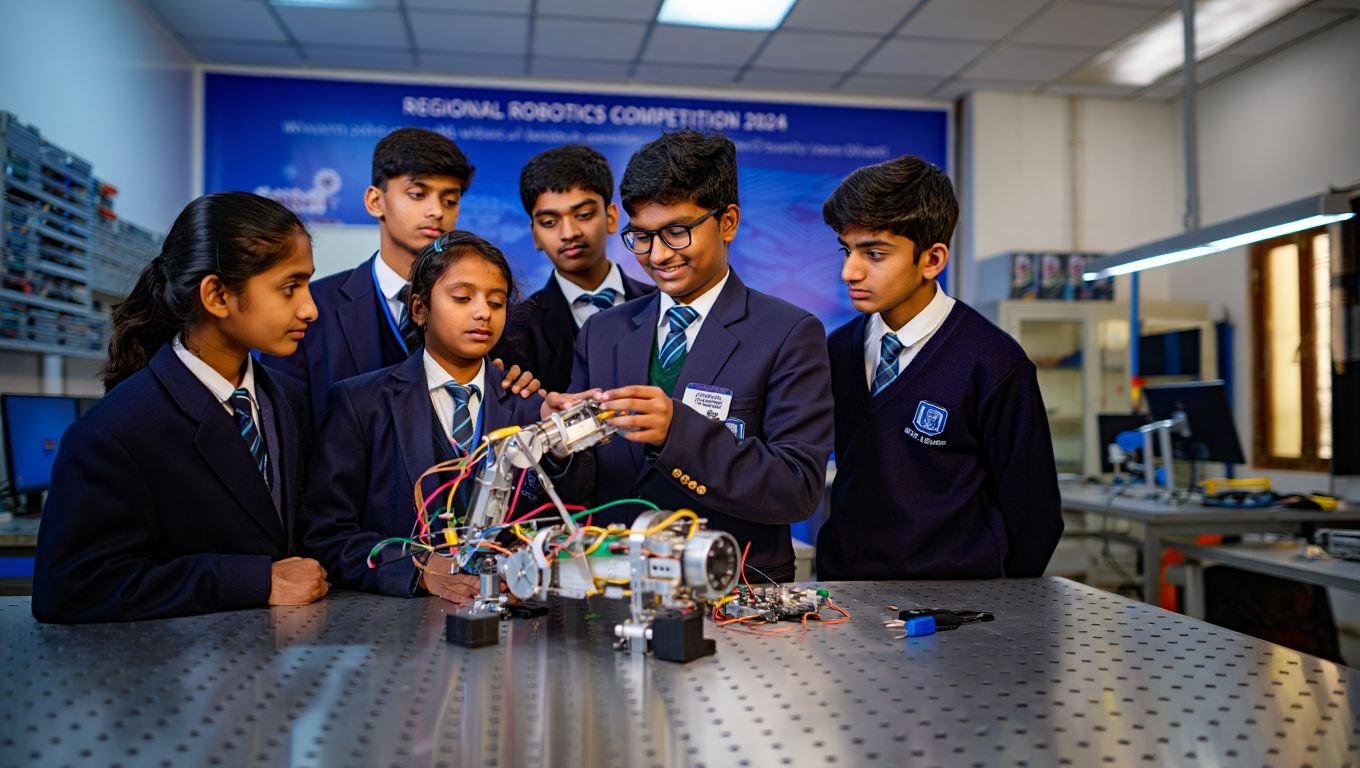The subjects of STEM education—science, technology, engineering, and mathematics—are vital to our future because they provide people with the knowledge and abilities required to function in a high-tech world. Nonetheless, in order to foster inclusivity and release the untapped potential, creativity, and innovation of the next generation, it is imperative that more women enter STEM areas.
In order to unleash the untapped creativity, ingenuity, and potential of the next generation, and to help define a more bright and inclusive future for these disciplines as well as the global society, girls in STEM are encouraged to pursue their careers.
Because they promote diversity, ignite creativity, act as role models for upcoming professionals, and provide ideas that disrupt industries, girls in STEM education are essential. Throughout history, women who have achieved great success in STEM fields have set the path for succeeding generations. In this context, female participation is currently a major factor in the future development of STEM education and STEM fields. From the groundbreaking discoveries made by Marie Curie to the achievements of today’s female scientists, engineers, and technologists, girls have continuously made valuable contributions to the STEM professions with their knowledge, perspectives, and creativity.
The Situation of Women in STEM Today
The situation for women in STEM fields (science, technology, engineering, and mathematics) has changed over time, presenting both enduring obstacles and positive advancements.
Increasing Participation: The proportion of women seeking STEM degrees and occupations has increased noticeably. Globally, women are increasingly enrolling in STEM professions at higher education institutions, according to UNESCO.
Educational Efforts: To encourage girls and young women to pursue STEM fields of study, several educational institutions have put in place various initiatives. The goal of initiatives like Girls Who Code and STEM summer camps is to pique kids’ curiosity early on.
Corporate and Organizational Assistance: Businesses and institutions are realizing more and more how important diversity and inclusion are. Numerous organizations have started campaigns to assist women in STEM fields by providing networking opportunities, mentorship programs, and diverse hiring practices.
Recognizing the Gender Differences
According to a Ministry of Scientific and Technology report, women still lag behind men in scientific and engineering programs in India, accounting for just around 30% of STEM students. The gender disparity in the workforce is evident in the fact that just 14% of women nationwide are employed as STEM professionals. These statistics demonstrate the stark under-representation of women in STEM fields in India, underscoring the need for concerted efforts to advance diversity and gender equality in these crucial fields.
Women make up a lower share of the STEM workforce than males do, and they are less likely to seek STEM degrees and jobs overall. This mismatch has a negative effect on creativity and inclusion in STEM by reducing the diversity of viewpoints, ideas, and methods to problem-solving.
Other challenges faced by women are:
Prejudices & Gender Bias: Despite advancements, women in STEM still frequently encounter prejudice and prejudices that can impede their career growth and deter involvement.
Work-Life Balance: Women may find it challenging to strike a balance between their personal and professional obligations due to the demanding nature of STEM fields, which can result in greater attrition rates.
Pay difference: Women frequently earn less than males for equivalent work in STEM sectors, where there is still a sizable gender pay difference.
Regional Variations: Each region has a very different scenario. Due to cultural, educational, and economic circumstances, certain nations have achieved significant progress towards gender equality in STEM fields, while others are still lagging behind.
Jumping Over the Disparity in Gender
The idea that STEM fields are tough for women to succeed in and are dominated by men is one of the perceptions that keeps women from pursuing STEM jobs. Quick fixes are necessary to resolve this. Girls who are exposed to STEM early on through educational programs, seminars, and mentorship activities from a young age might develop an interest and confidence in STEM subjects. Encouraging accomplished women in STEM to serve as role models enables girls to pursue their passions without limitations and shows the range of opportunities available. If instructors are willing to support instructional modifications that promote diversity and gender equality in STEM courses, then all students will gain from inclusion and fair opportunities. The first step in inspiring ladies to pursue STEM subjects with zeal is to establish a judgment-free, Leaping Over the Disparity in Gender.
The idea that STEM fields are tough for women to succeed in and are dominated by men is one of the perceptions that keep women from pursuing STEM jobs. Quick fixes are necessary to resolve this. Girls who are exposed to STEM early on through educational programs, seminars, and mentorship activities from a young age might develop an interest and confidence in STEM subjects. Encouraging accomplished women in STEM to serve as role models enables girls to pursue their passions without limitations and shows the range of opportunities available. If instructors are willing to support instructional modifications that promote diversity and gender equality in STEM courses, then all students will gain from inclusion and fair opportunities. The first step in inspiring ladies to pursue STEM subjects with zeal is to establish a judgment-free, In an effort to lower financial obstacles, a large number of grants and scholarships are now especially intended for women working in STEM.
Policies like gender-sensitive admissions and retention practices are being adopted by universities and research institutes to foster more inclusive settings.
Women’s engagement in STEM disciplines is increasing, although they are still underrepresented in leadership roles. Initiatives like targeted promotions and leadership development programs are being used to try and close this disparity. A number of well-known Indian women serve as outstanding role models and sources of motivation for the next generation in STEM education. One notable example is Dr. Tessy Thomas, dubbed the “Missile Woman of India” for her vital contributions to missile production and research. Known as the “Rocket Woman of India,” Dr. Ritu Karidhal has played a crucial role in ensuring the success of the Mars Orbiter Mission. Dr. Mylswamy Annadurai, who played a crucial part in India’s Chandrayaan and Mangalyaan missions, and Dr. Aditi Pant, a pioneer in quantum computing, are both highly regarded for their inventive achievements. Dr. Sudha Nair, a renowned computer scientist and educator, has made significant contributions to the field of computer science and technology. These exemplary women serve as inspirations for girls in STEM.
In conclusion, More females entering STEM areas is crucial to promoting inclusion and unleashing the potential of the next generations. Increasing the number of female participants fosters innovation, variety, and the provision of important role models. STEM fields have been consistently enhanced by women, from historical trailblazers to contemporary inventors. Their participation is essential to these fields’ and society’s future expansion and development.




